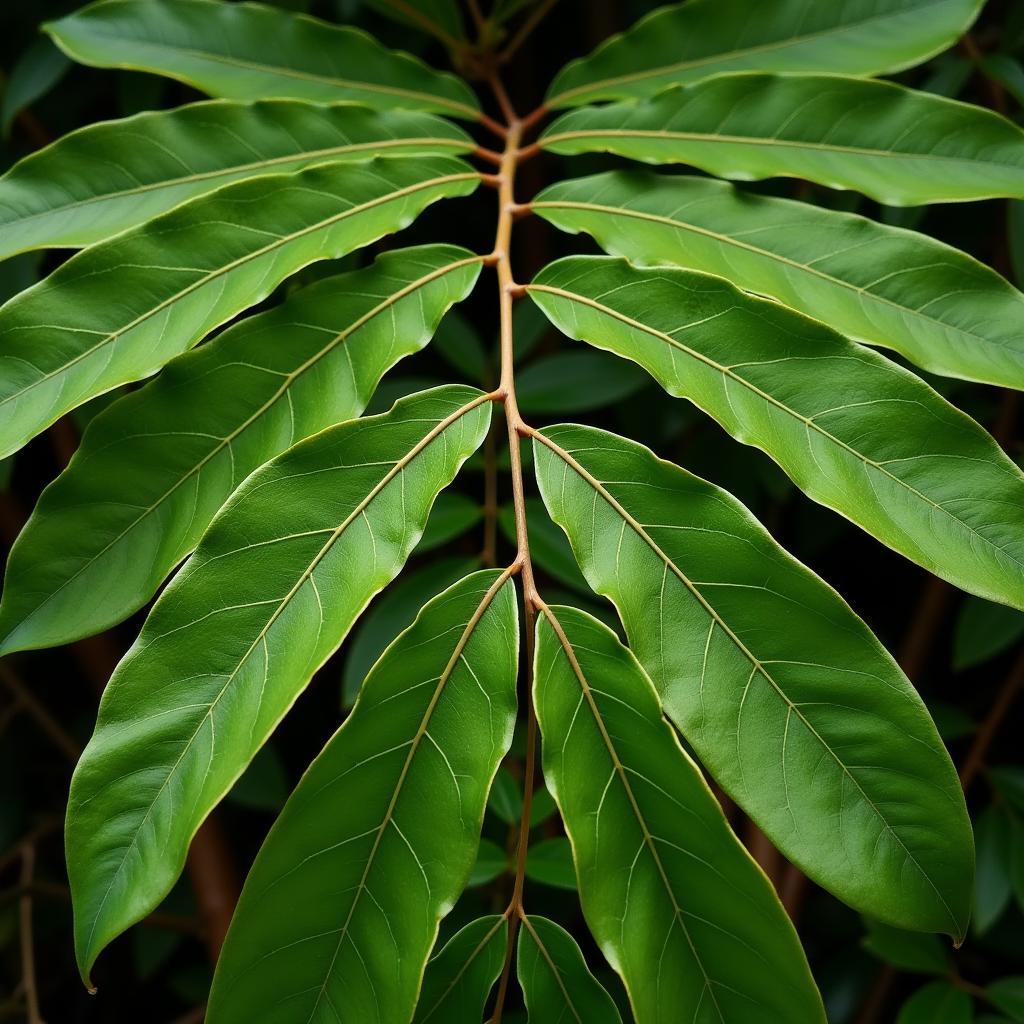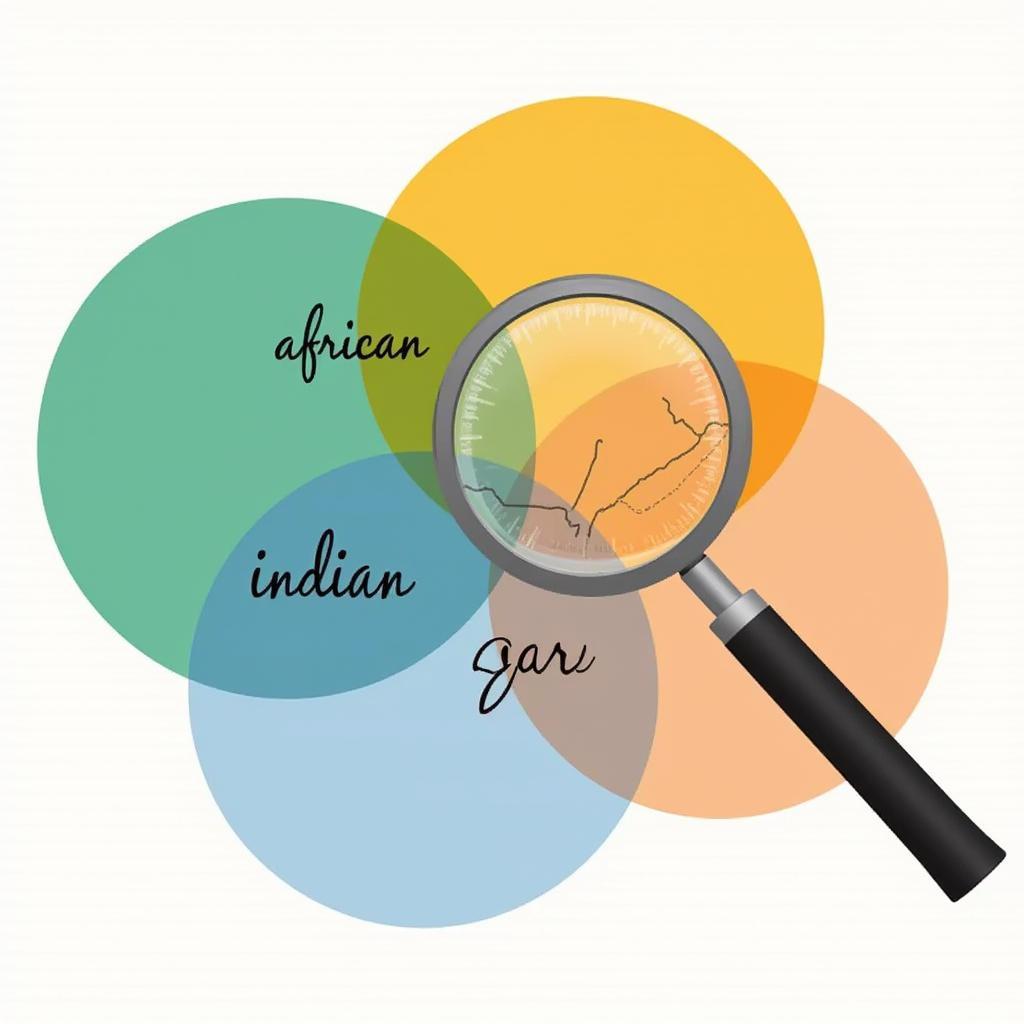African Grain Like Quinoa: Exploring Nutritious Alternatives
Quinoa has taken the world by storm as a nutrient-packed grain alternative, but did you know that Africa boasts its own impressive array of ancient grains? These often-overlooked powerhouses offer similar – and sometimes even greater – nutritional benefits compared to quinoa, while adding unique flavors and textures to your plate. Discover the diverse world of African grains like quinoa and embark on a culinary journey across the continent.
Unveiling Africa’s Hidden Grain Gems
For centuries, African communities have cultivated and cherished a variety of grains, each with its distinct flavor profile and nutritional powerhouse. These grains, often tolerant to harsh climates and nutrient-rich, have sustained generations. Let’s delve into some of the most remarkable African grains that deserve a spot on your plate:
1. Teff: The Tiny Grain with Mighty Benefits
Hailing from Ethiopia, teff is a tiny, gluten-free grain that packs a nutritional punch. Don’t let its small size fool you – teff is a good source of protein, fiber, iron, and calcium. It’s also a complete protein, meaning it contains all nine essential amino acids, making it a fantastic choice for vegetarians and vegans.
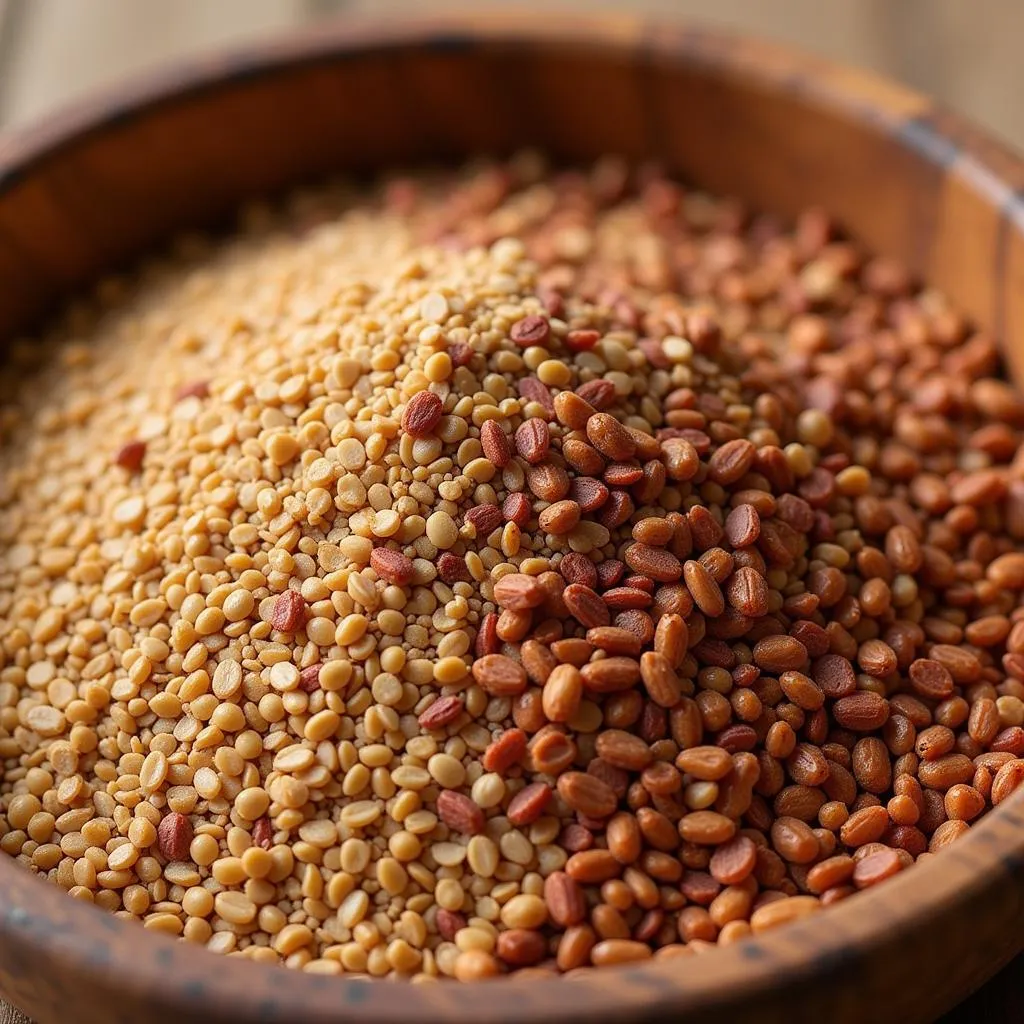 Bowl of Teff Grains
Bowl of Teff Grains
2. Fonio: The Ancient Grain with a Modern Appeal
Fonio, another gluten-free wonder, is believed to be one of the oldest cultivated grains in Africa, dating back over 5,000 years. This grain, found in West African countries like Senegal and Nigeria, cooks quickly and boasts a light, couscous-like texture. Fonio is a good source of iron, magnesium, and several B vitamins, making it a nourishing addition to your diet.
3. Millet: The Resilient Grain for a Healthy Lifestyle
Millet, a group of small-seeded grasses, has been a dietary staple in Africa for millennia. This drought-resistant grain thrives in arid regions and offers a good source of fiber, magnesium, phosphorus, and manganese. With its mild, slightly nutty flavor, millet can be enjoyed as a porridge, a side dish, or incorporated into baking.
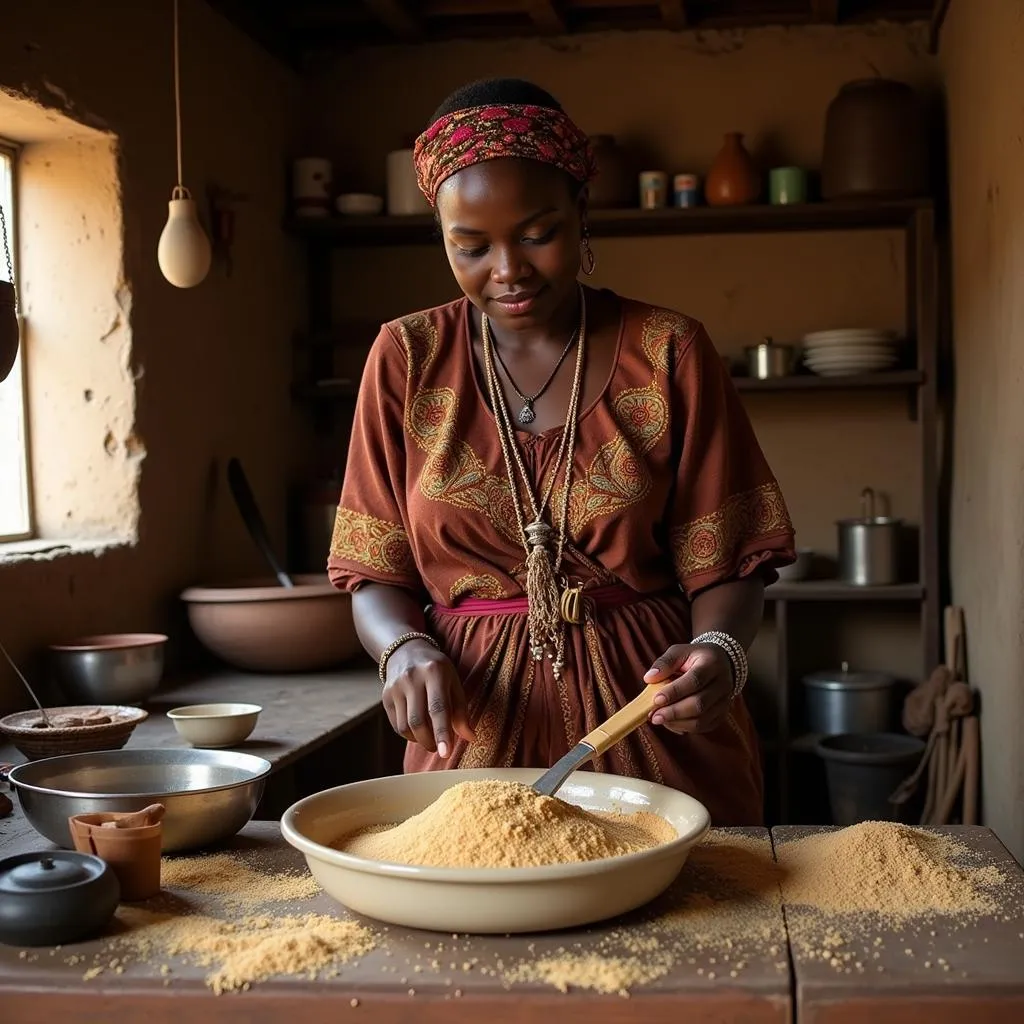 African Woman Preparing Fonio
African Woman Preparing Fonio
4. Sorghum: The Versatile Grain with Global Potential
Often overlooked, sorghum is a drought-tolerant grain with an impressive nutrient profile. This gluten-free grain is a good source of fiber, protein, iron, and antioxidants. Its mild, neutral flavor makes it incredibly versatile – sorghum can be ground into flour, popped like popcorn, or used to make a creamy porridge.
Embracing African Grains: A Culinary Adventure Awaits
Incorporating these nutritious and flavorful grains into your diet is easier than you might think. Here are some inspiring ideas to get you started:
- Start your day with a warm bowl of teff porridge: Top it with fresh fruit, nuts, and a drizzle of honey for a nutritious and satisfying breakfast.
- Use fonio as a base for grain bowls: Add roasted vegetables, grilled chicken or tofu, and a flavorful dressing for a complete and balanced meal.
- Experiment with millet in your baking: Substitute a portion of wheat flour with millet flour in pancakes, muffins, or cookies for added nutrition and a unique texture.
- Embrace the versatility of sorghum: Try sorghum flour for gluten-free baking, pop sorghum for a healthy snack, or enjoy a comforting bowl of sorghum porridge.
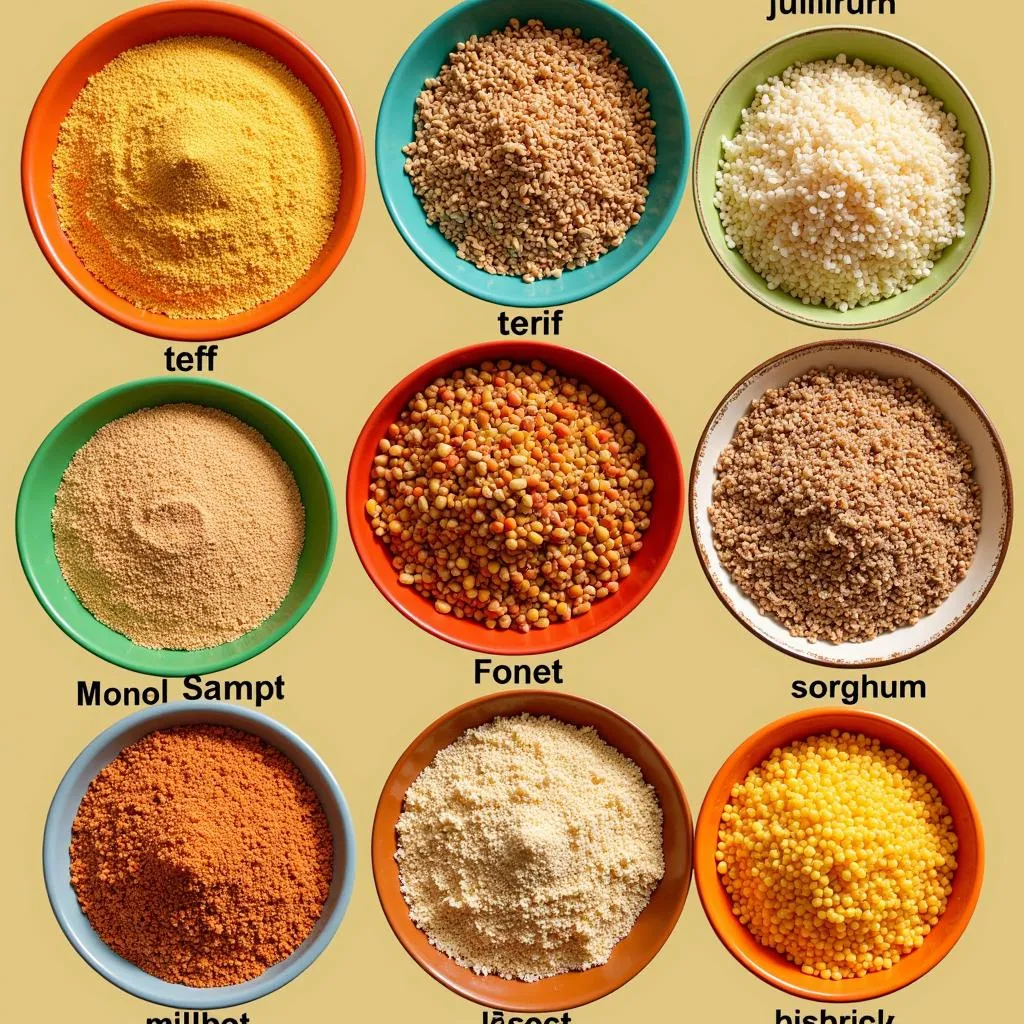 Display of Various African Grains
Display of Various African Grains
FAQs: Discovering More About African Grains
1. Where can I find African grains like quinoa?
Many health food stores and online retailers now carry a variety of African grains. Look for brands specializing in ethically-sourced and sustainably-produced products.
2. Are African grains suitable for people with dietary restrictions?
Yes! Many African grains, including teff, fonio, and sorghum, are naturally gluten-free, making them excellent choices for individuals with gluten sensitivities or celiac disease.
3. How do I cook African grains?
Cooking instructions vary depending on the specific grain. However, most African grains cook similarly to rice or quinoa – simply combine the grain with water or broth in a pot, bring to a boil, then reduce heat and simmer until tender.
Explore Further: Delve Deeper into African Cuisine
- African Grey Diet: Discover the dietary needs of these intelligent parrots and the role of grains in their diet.
- African Greens Amaranth Seeds: Learn about amaranth, another nutritious African grain, and its culinary uses.
Embrace the Diversity of African Grains
Stepping beyond the familiar world of quinoa opens a door to a treasure trove of culinary possibilities. Embrace the diversity and nutritional richness of African grains like teff, fonio, millet, and sorghum. Incorporate these ancient grains into your meals and embark on a flavorful and healthy culinary adventure.
Need help incorporating African grains into your diet? Contact us at +255768904061, kaka.mag@gmail.com, or visit us at Mbarali DC Mawindi, Kangaga, Tanzania. Our team is available 24/7 to assist you.


